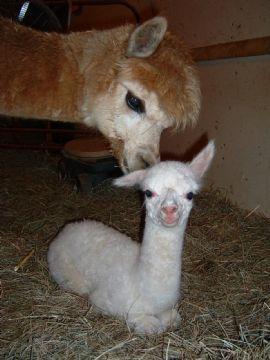It is incredibly hard to beat the taste of bluegill....3 lbs of fillets....wow, I would bake that boy a cake!!!!


Follow along with the video below to see how to install our site as a web app on your home screen.
Note: This feature may not be available in some browsers.


